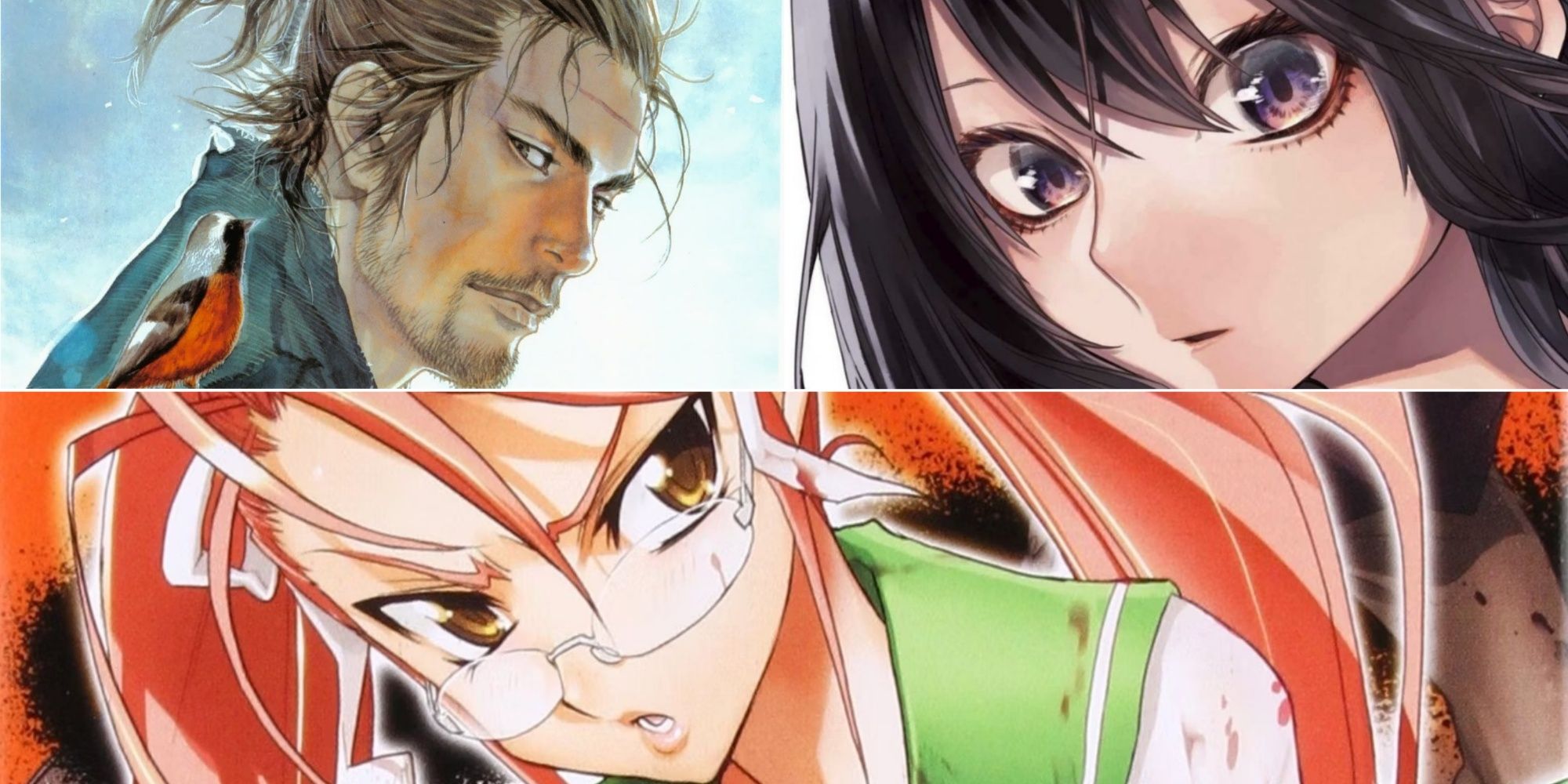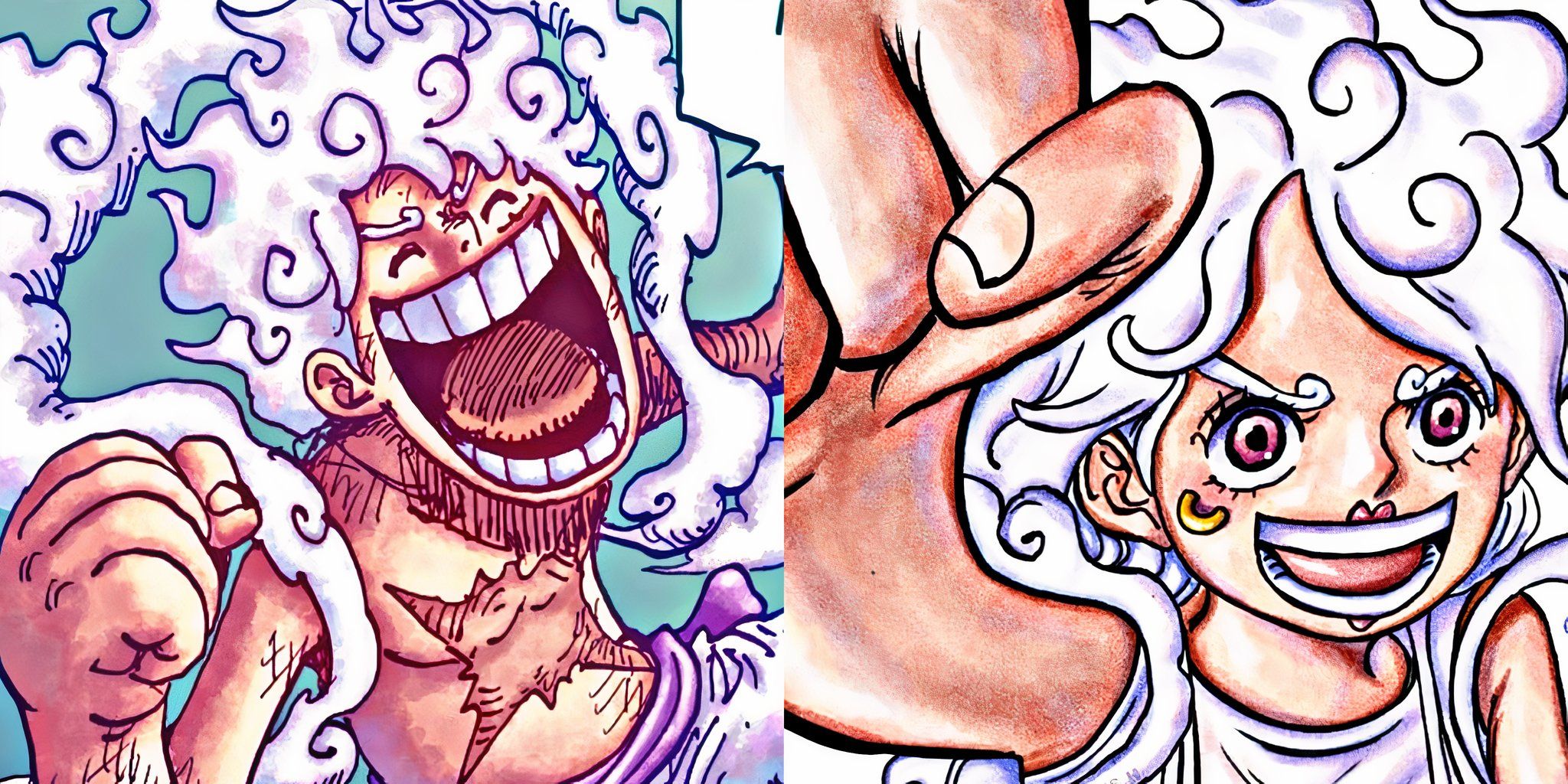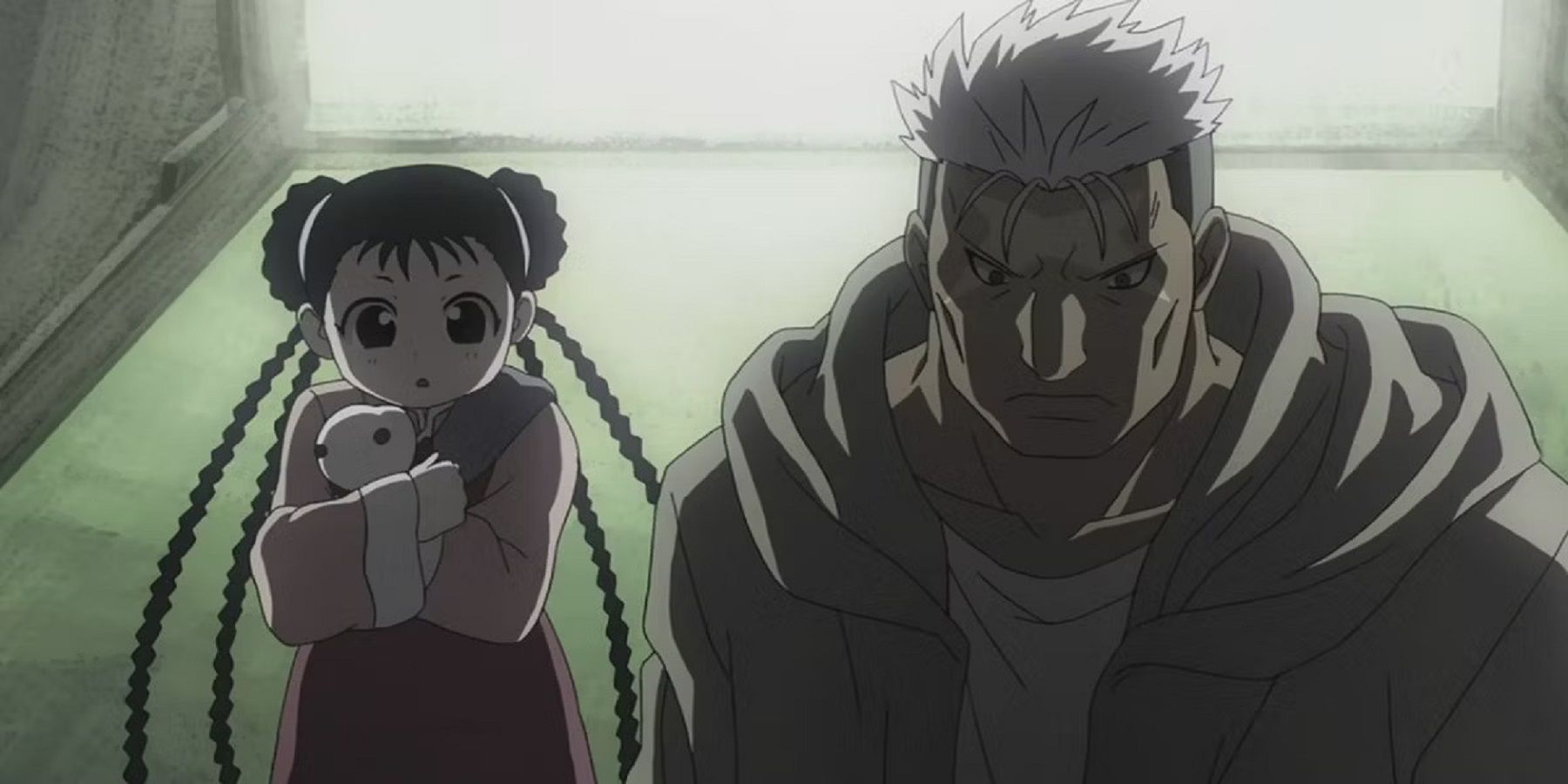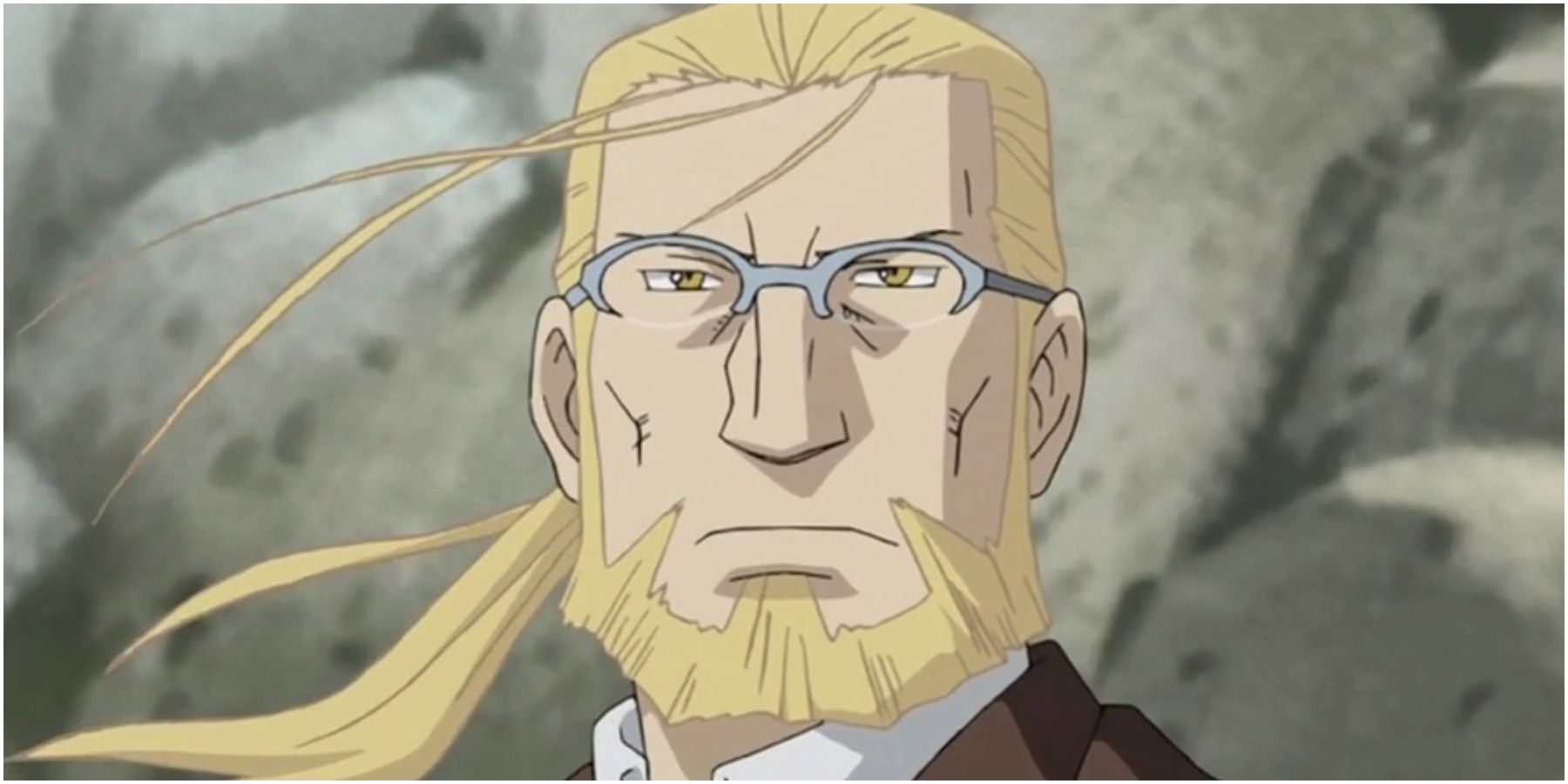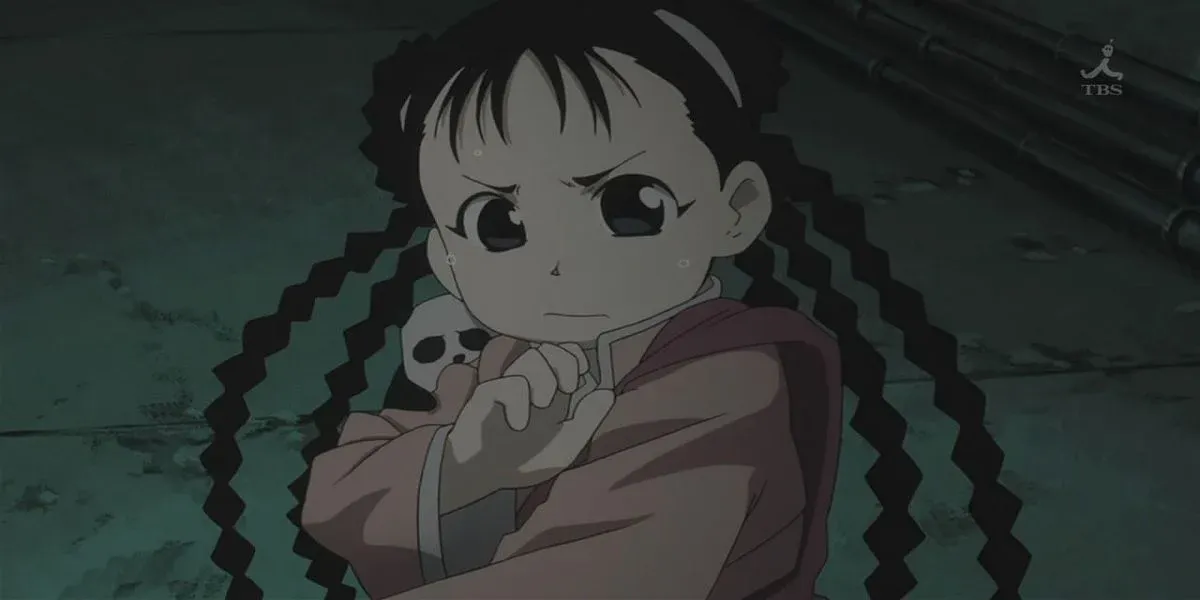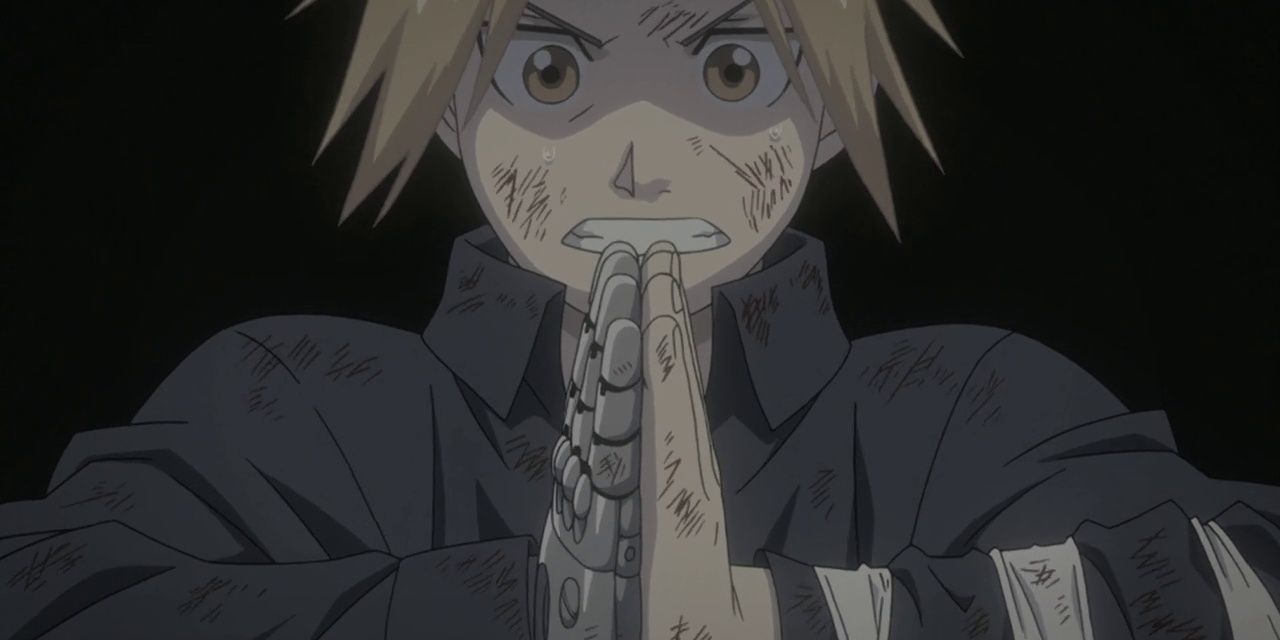In Fullmetal Alchemist: Brotherhood there are two different forms of magic, for lack of a better word. Alchemy, which is practiced in Amestris, and Alkahestry which is practiced in Xing. Much more is known about Alchemy than Alkahestry, mainly because only one character in the show is known to be able to practice it, but also to an extent because it is a foreign technique that even the main characters profess to have never heard of before they are exposed to it themselves. While both have very similar results they are extremely different at their core; in intentions, origins, and practice.
Fullmetal Alchemist: Brotherhood follows the story of Edward and Alphonse Elric, two brothers, as they go on a quest to find the philosopher's stone. This is a tool that Ed believes he can use to return Al’s soul to his mortal body. Both the body and Ed’s arm and leg were lost in a tragic accident when the boys were just children. Out of grief at the loss of their mother, the two boys broke the most important taboo in alchemy and attempted human transmutation.
Origins and Purpose of Alkahestry
Where Alchemy was invented by Father, Alkahestry was invented by Van Hohenheim when he came to Xing from Xerxes. He aided the people of Xing for two reasons. Firstly to create a counter for Father, who had ultimate control over Alchemy. Secondly, because the people of Xing were so obsessed with extending life that they had actually killed three generations of nobles in an effort to create an elixir of immortality. While the people of Xing refer to the practices before The Philosopher of the West came as Alkahestry as well, it wasn’t until certain metaphysical practices were imbued to the art that it actually gained any healing value. This makes it a relatively recent development in the world, at only four hundred years old.
Where Alchemists seek the philosopher’s stone, an artifact rumored to be able to augment any alchemist's skill. Practicers of Alkahestry seek the Elixir of Life, a supposed immortality potion. Due to this Alkahestry is a powerful healing skill, by accessing the pathways of a body and nourishing and purifying them they are able to heal anything from simple ailments to minor injuries. Something that Alchemists as a whole struggle greatly with.
Users and How it's Used
In the show, only Mei Chang is shown to be able to practice Alkahestry, although Scar does use some of its principles naturally in his own alchemy, and it is implied that Van Hohenheim has extensive knowledge of it given his role in creating it. Mei however reassures viewers that there are plenty of practitioners back in Xing, and even convinces Al at the conclusion of the show to travel back to Xing with her to study Alkahestry for himself.
Alkahestry requires the user to access the Dragon’s Pulse, or the naturally occurring chi of the Earth. They are able to do this through intrinsic skill and the use of Purification circles. These combined with other Alkahestric markers also affords them the unique ability to project transmutations across a great distance.
Real World Influences
Alkahestry is based on the very real concept of Alkahest which dates back to the 16th century. It was considered a mythological universal solvent. That is they believed that there was a liquid in which all other things would dissolve. The story of Alkahest is further tied to the story of Alkahestry since the man credited with the concept of Alkahest was Paracelsus, the very same man that many other aspects of Van Hohenheim are based upon.
The Purification circles used in Alkahestry are also based on a real-world concept. Unlike the general hexagram used in Alchemy, Alkahestry uses a pentagram in a circle. This idea can be traced back to a Chinese philosophical concept called Wu Xing. This concept posits that all five basic elements, Wood, Water, Fire, Metal, and Earth, can be depicted in a five-pointed star within a circle. This shape demonstrates the interactions of all five elements, either generative or destructive. This philosophy is also heavily tied to medicine, both in the way drugs are believed to work and in how they can explain the interactions of internal organs This concept is also reflected in the name of the country, Xing.
Alkahestry may have a shorter in-world history than that of Alchemy but its rich and varied connections to the real world more than make up for any of its shortcomings. Its focus on medicine and life, combined with its use of the natural life-energy of the universe, make it a very interesting and vital component in the Fullmetal Alchemist: Brotherhood universe. It also provides a necessary counterpoint to the largely destructive powers of Alchemy, and the perceived gentleness of Mei only serves to strengthen this dichotomy of powers.


